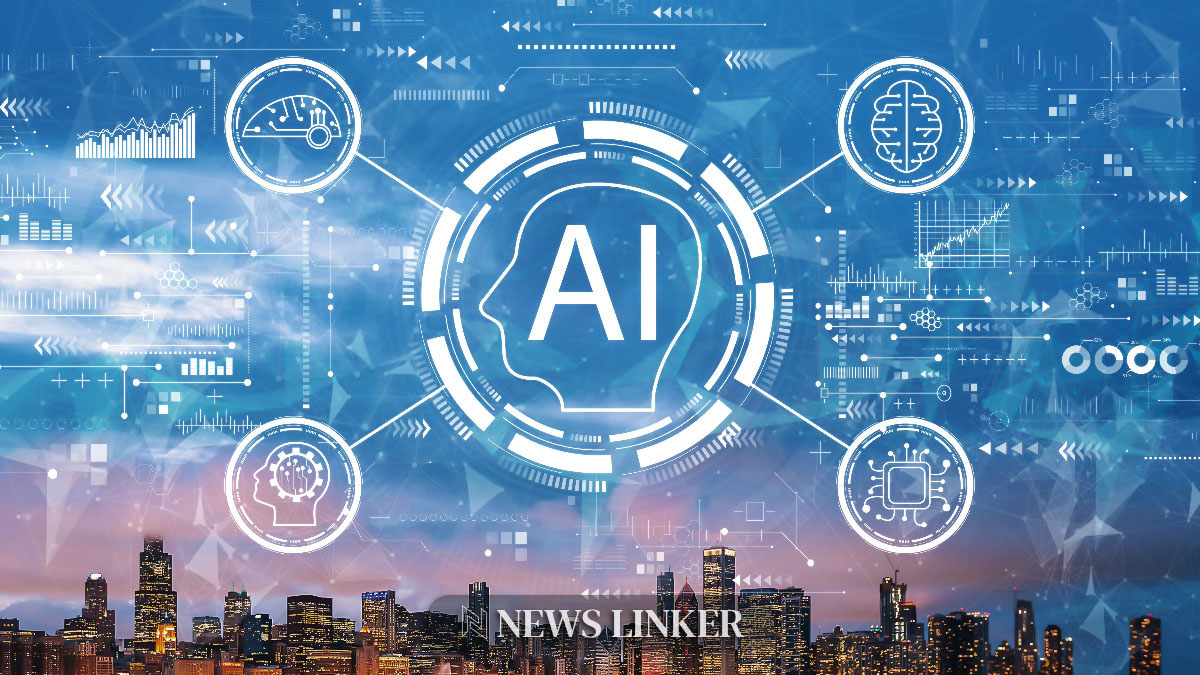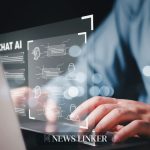The transformative impact of transformer architecture has been profound in the development of Large Language Models (LLMs) within the field of Natural Language Processing (NLP). The architecture, pivotal for models such as OpenAI’s GPT series, empowers machines to comprehend and generate language with a level of adeptness hitherto unattainable. It offers a nuanced understanding of human communication by effectively capturing contextual relationships and dependencies between words.
The evolution of transformer technology in NLP dates back to a seminal 2017 paper, which introduced a model that shifted focus from traditional RNNs and CNNs. Since then, these models have increasingly relied on extensive and diverse datasets culled from myriad sources—text that is meticulously preprocessed to feed the neural networks. The training process itself is marked by complexity, requiring immense computational power and sophisticated techniques to train the models to predict and generate human-like text.
What Constitutes Transformer Architecture?
Transformer models hinge on an encoder-decoder structure, with attention mechanisms that facilitate the model’s focus across different positions within the sequence of words. This attention to detail in positional relationships translates to a more nuanced and coherent text generation. The encoder’s role is to interpret the input text and produce a context-aware representation, which the decoder then uses to generate subsequent text. The nuanced understanding that transformers offer is underpinned by self-attention mechanisms that allow encoders to look back at previous positions and decoders to focus on both the input sequence and the text generated thus far.
How Are LLMs Trained with Transformers?
Training LLMs is a multistage endeavor that starts with data preparation. This is followed by model initialization, where parameters are set and the neural network layers’ weights are defined. The actual training process involves fine-tuning these parameters to align the model’s output with the expected results, a method known as supervised learning. However, models like GPT adopt unsupervised learning, predicting subsequent words in a sequence without explicit guidance. The completion of the training phase leads to the evaluation and potential fine-tuning of the model on specialized datasets, refining its accuracy for particular tasks or domains.
What Are the Challenges in LLM Training?
Despite the advancements facilitated by transformers, training LLMs is not without its challenges. The sheer scale of computational and data demands raises concerns about the environmental footprint and the exclusivity of access to such technologies. Ethical issues also surface, especially regarding the propagation of biases within the training data that could be perpetuated by the AI models. Yet, the ongoing research is aimed at addressing these concerns and further refining these models for broader applications and reduced limitations.
Inferences from This Article:
- Transformers have extensively enhanced NLP capabilities through advanced text interpretation.
- The training of LLMs involves a comprehensive process from data collection to fine-tuning.
- Despite its progress, the technology faces substantial ethical and environmental challenges.
The implementation of transformer models revolutionized NLP, setting new benchmarks in artificial intelligence‘s ability to parse and produce language. From their initial conception to their current advanced state, transformers have continuously evolved, with ongoing research focused on optimizing these models to become even more efficient and effective. These developments promise a future where AI can seamlessly integrate and interact within the realm of human language, with fewer biases and a smaller ecological impact.
In a study published in the Journal “Artificial Intelligence” titled “Advances and Challenges in Language Modeling with Transformers,” researchers have highlighted the significant progress made in the field, correlating with the discussed training processes and challenges. This study further emphasizes the importance of addressing the ethical and computational concerns that accompany the development of such advanced AI systems.










